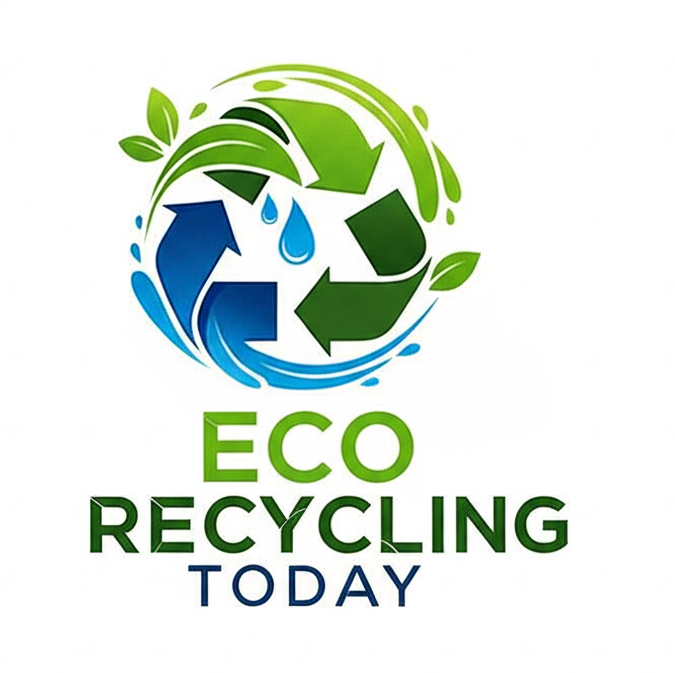Recycling electronics, or e-waste, is an essential part of reducing environmental impact and conserving valuable resources. Electronics are made up of various materials, and among the most valuable are metals, which can be recovered and reused. However, the process of separating metals from electronics can be complex, requiring specific methods and tools to ensure that the materials are handled properly and safely. In this guide, we’ll walk you through how to separate metals in electronics recycling and make the process as efficient as possible.
Electronics contain a wide range of metals, some of which are valuable and can be reused in the production of new devices. The most common metals found in e-waste include:
- Copper: Used in wiring and connectors.
- Aluminum: Found in casings, heat sinks, and some circuit boards.
- Gold: Found in connectors, pins, and circuit boards.
- Silver: Present in many circuit boards and electronics.
- Palladium: Used in sensors and some components.
By separating and recycling these metals, we can reduce the need for mining and refining new materials, which is energy-intensive and damaging to the environment. Additionally, recycling metals from electronics saves resources and prevents harmful substances from polluting the ecosystem.
Step 1: Gather and Sort Your Electronics
The first step in separating metals is to gather the electronics you want to recycle. This could include:
- Old computers and laptops
- Mobile phones
- Televisions and monitors
- Kitchen appliances
- Power tools
Once you’ve collected your e-waste, sort your devices by type and material. While some items may contain a higher concentration of metals, others may require disassembly before you can separate the metals properly.
Step 2: Disassemble the Devices
Before you can separate metals, you need to disassemble the electronics. For most devices, this involves:
- Removing screws: Use the appropriate screwdriver to open up the device and access its internal components.
- Extracting circuit boards: The circuit boards are rich in valuable metals like copper, gold, and silver. You’ll need to carefully remove them from the casing or other components.
- Removing batteries: Always remove batteries before recycling electronics. Batteries contain hazardous materials like lithium or cadmium, which require separate disposal.
- Extracting wires: Wires in electronics are typically made of copper, which is one of the most valuable metals in recycling.
When disassembling electronics, wear safety gloves and goggles to protect yourself from sharp edges or hazardous materials.
Step 3: Separate the Metals
Once the device is disassembled, you’ll begin the process of separating the metals. Here are some common methods for separating different types of metals:
1. Manual Separation
In some cases, you may be able to separate the metals by hand. This is especially true for items like mobile phones, where gold-plated connectors or copper wires are easily accessible. Simply use pliers or a small hammer to separate the metal components.
2. Magnetic Separation
Magnets are useful for separating ferrous metals (metals that contain iron), such as steel. A magnet will attract steel parts from other materials, making it easier to separate them. Items like steel casings, screws, and bolts can be easily sorted using a magnet.
3. Shredding and Grinding
For more complex devices or larger quantities of e-waste, shredding or grinding the materials can help separate metals. Machines with rotating blades break down electronics into smaller pieces, which are then separated based on size and weight.
4. Water and Air Separation
After shredding, water or air can be used to separate materials. Air classifiers use air pressure to separate lighter materials like plastic from heavier metals like copper. Similarly, water can help separate metals based on density, where lighter materials float while heavier metals sink.
5. Chemical Processes
In more advanced recycling operations, chemicals or electrochemical processes are used to extract specific metals. For example, gold can be extracted from circuit boards using a process known as cyanide leaching or using more environmentally-friendly methods like bioleaching. This is typically done in large-scale industrial recycling plants.
Step 4: Properly Dispose of Non-Metal Parts
Not all components of electronics are recyclable. After separating metals, the remaining materials—such as plastics, glass, and rubber—should be disposed of responsibly. Many recycling centers have separate collection streams for non-metallic e-waste. If possible, look for a facility that handles e-waste as a whole to ensure that all materials are processed properly.
Step 5: Take the Separated Metals to a Recycling Center
Once you have separated the metals from your electronics, the next step is to take them to a certified recycling center. It’s essential to find a recycling facility that follows environmentally friendly practices and adheres to standards like R2 (Responsible Recycling) or e-Stewards.
These centers can safely process the metals, turning them into raw materials that can be reused in the production of new electronics, vehicles, or other products.
Separating metals in electronics recycling is a critical part of reducing e-waste and conserving valuable materials. By disassembling devices, manually or mechanically separating metals, and properly disposing of non-metal parts, you can help the environment and ensure that valuable materials like gold, copper, and aluminum are reused instead of ending up in a landfill. If you’re unsure about how to proceed, always seek out certified e-waste recycling centers that specialize in metal recovery.
By taking these steps, you can contribute to a more sustainable future while benefiting from the valuable metals in your old electronics.
